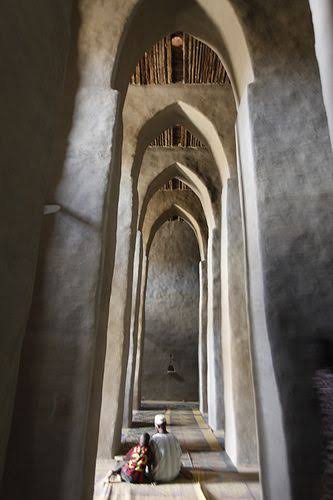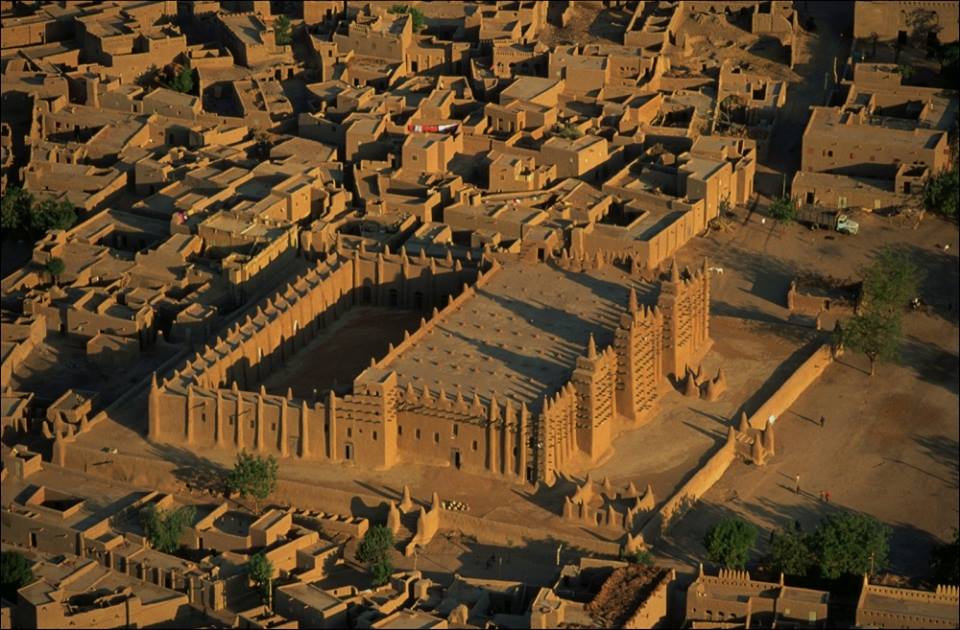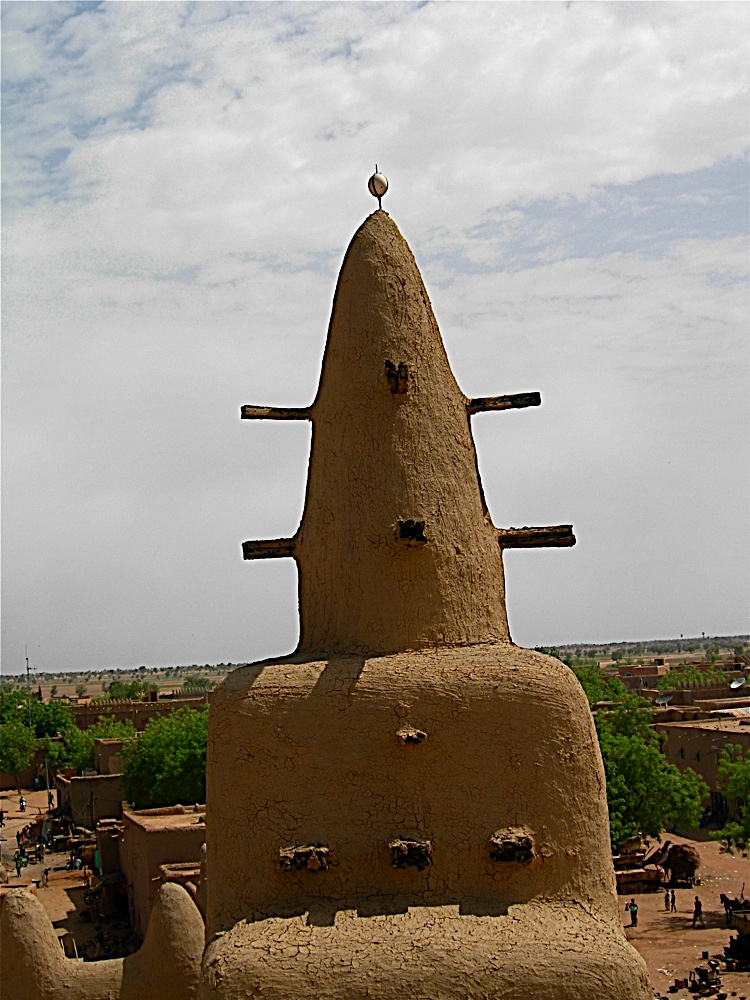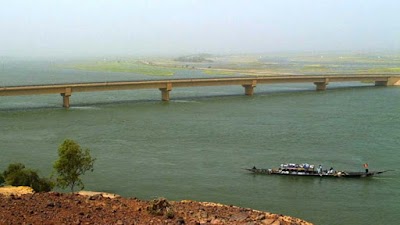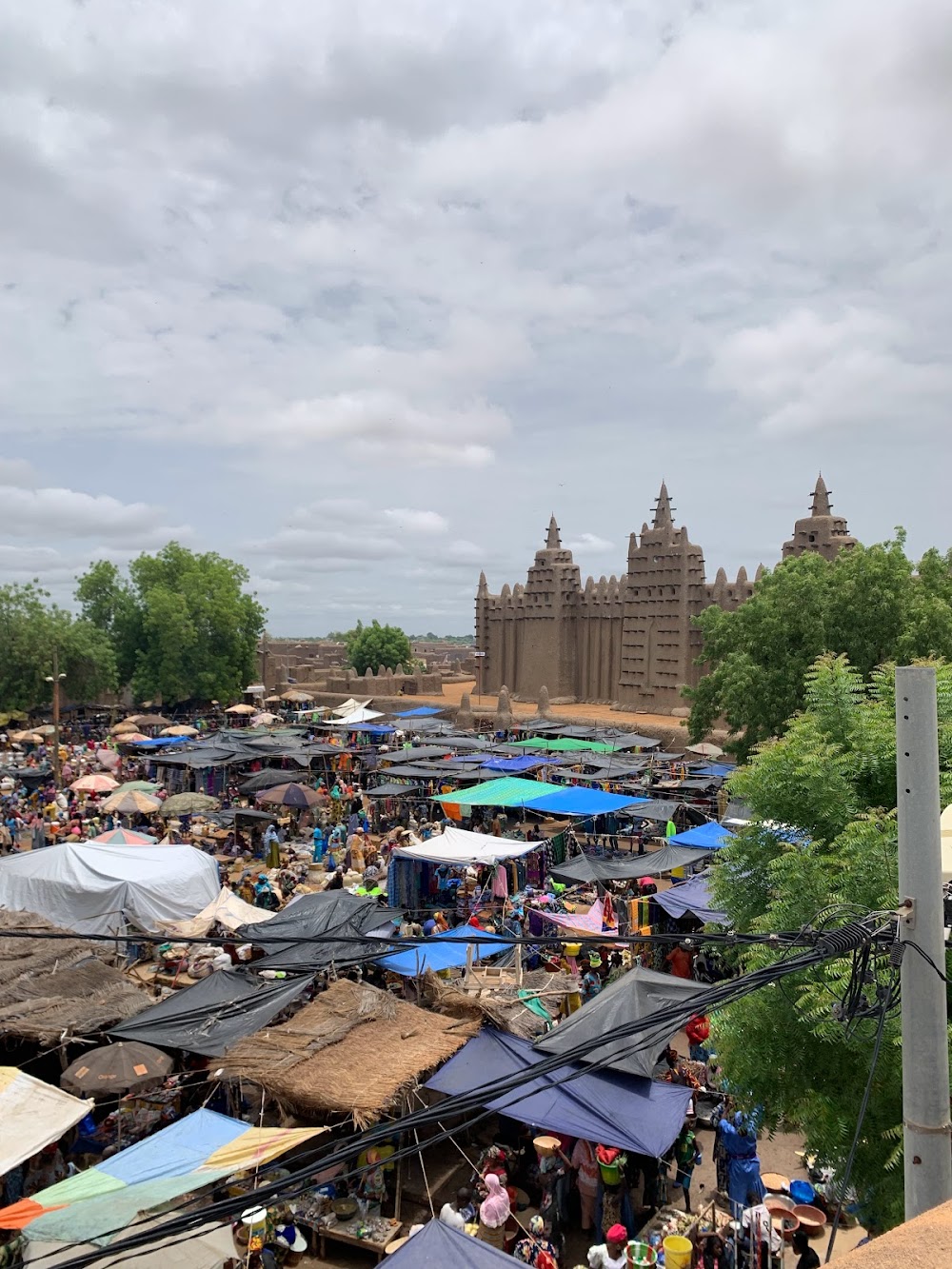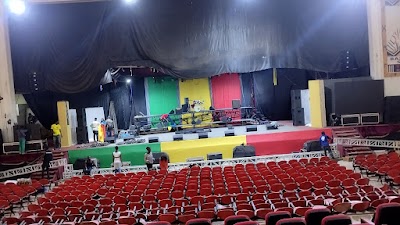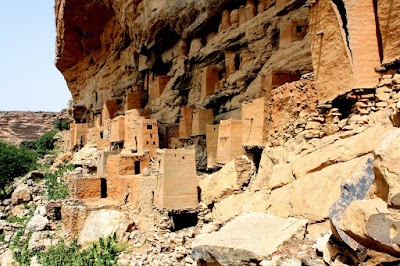Great Mosque of Djenné (Grande Mosquée de Djenné)
Overview
In the heart of the Koulikoro Region in Mali lies a remarkable architectural gem: the **Great Mosque of Djenne**. This stunning edifice, crafted entirely from sun-baked earth bricks, boasts a distinct and earthy appearance that captivates every visitor. Its history dates back to the 13th century when it was first built by Sultan Koi Konboro, who embraced Islam. However, the mosque we admire today is a reconstruction from 1907, featuring a slightly different design from its original form.
The **Great Mosque of Djenne** is celebrated for its unique **Sudano-Sahelian architectural style**, which is characterized by the use of mud bricks, known locally as "ferey," and wooden beams that extend from the walls. These beams, called "toron," serve not only as decorative elements but also as scaffolding for the mosque's annual maintenance. The earthen structure demands regular upkeep, prompting the local community to gather for the grand event known as the **Crepissage de la Grande Mosquée**, during which they reapply a fresh layer of mud plaster to ensure the mosque's preservation.
Building the mosque was an extensive labor of love. Artisans created the bricks by blending mud sourced from the nearby **Bani River** with rice husks and straw, resulting in a more durable material. Once shaped and sun-dried, the bricks were meticulously stacked to form the impressive, fortress-like walls that provide excellent insulation against the intense heat of Mali.
The mosque's design features three prominent towers, one of which houses the **mihrab**, a niche that indicates the direction of Mecca. Each tower is topped with an **ostrich egg**, symbolizing fertility and purity. Inside, the mosque can accommodate up to 3,000 worshippers and includes a spacious courtyard along with a roof adorned with small, triangular windows that allow soft light to illuminate the prayer hall.
Beyond its architectural beauty, the **Great Mosque of Djenne** holds immense cultural and educational significance. Historically, it has served as a center for Islamic learning, attracting scholars from across West Africa to study and teach. Even today, it remains integral to the local community, with a vibrant weekly market taking place in the square in front of the mosque, uniting people from the surrounding areas.
Despite its age, the mosque is a living monument, thanks to the unwavering commitment of the Djenne community. The annual **Crepissage** festival involves townspeople of all ages, celebrating not only the maintenance of the mosque but also the rich traditions and communal spirit of Djenne. This cherished event embodies unity and heritage, making the process of preservation a joyful occasion.
Recognized for its architectural significance and cultural impact, the **Great Mosque of Djenne** was designated a **UNESCO World Heritage Site** in 1988. Today, it continues to inspire awe and admiration, standing as a testament to the ingenuity and resilience of the people who built it with their own hands and who lovingly care for it each year.



